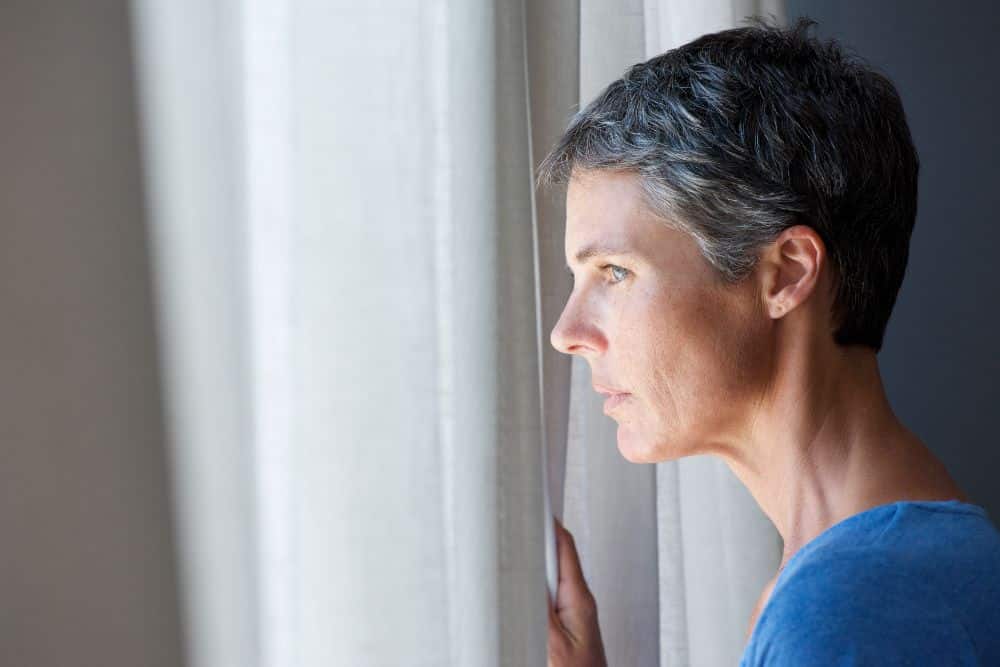Anxiety disorders are characterized by excessive fear that is usually irrational. Typically, people suffering from anxiety disorder mainly cannot contain the excess fear or feelings of anxiety, which may worsen over time. Different types of anxiety disorders include panic disorder, agoraphobia, social anxiety, selective mutism, and separation anxiety disorder.
Agoraphobia and social anxiety are usually mistaken for each other as they share some symptoms. However, social anxiety and agoraphobia are two separate conditions. In this post, we will explain all the differences between the conditions, along with how people can get help at D’Amore Healthcare if they suffer from the two anxiety disorders.
Understanding Agoraphobia
The National Center for Biotechnology Information (NCBI) describes agoraphobia as the anxiety a person experiences when in a public or crowded place. People with this type of anxiety disorder may be afraid to leave their homes or visit a new place. They may also avoid crowded places, open spaces, waiting lines, public transportation, or elevators as they are afraid of having panic attacks or being unable to escape from such sites.
Agoraphobia causes different types of fears, which also differ in severity. For example, a person with severe agoraphobia may be unable to leave home. In contrast, a person with mild agoraphobia may be unable to travel a short distance without enduring anxiety.
Generally, the symptoms of agoraphobia are classified into three types which include:
- Physical symptoms: Rapid heartbeat, feeling sick, feeling hot and sweaty, feeling faint, dizziness, and trembling
- Cognitive symptoms: Fear that they are losing their sanity or control in public, fear that a panic attack will be life-threatening or make them look stupid/embarrassed in public
- Behavioral symptoms: Avoiding situations that could cause panic attacks, such as public transport, being housebound, and requiring to have someone you trust when leaving their house.
Some other factors associated with agoraphobia include childhood fears or mighty terrors, genetics, traumatic childhoods, and parental relationships.
Understanding Social Anxiety
Social anxiety, also known as social phobia, is a chronic health condition characterized by irrational anxiety during social interactions. People suffering from this disorder experience anxiety when in circumstances where they may be evaluated, rejected, judged, scrutinized, or watched by others.
Such situations include:
- Job interviews.
- Giving speeches in public meetings.
- Competing in a sports game.
- Performing or acting on stage.
- Posting on social media.
- Starting conversations.
- Expressing themselves while dating or interacting with new people and answering questions in class.
People with this disorder may struggle with performance in school, the workplace, or when interacting with friends. They may also try to avoid going to places or events that may cause fear or create feelings of embarrassment. People with social anxiety experience excessive worrying about these situations, sometimes days before a social situation.
The primary symptoms of a social anxiety disorder include:
- Tremble
- Sweat
- Rapid heart rate
- Talking in an overly soft voice
- Feeling of mind going blank
- Self-consciousness
The above symptoms may make someone with social anxiety:
- Judge their social interactions harshly
- Not talk when needed
- Cancel plans at the last minutes
- Constantly replay moments and conversations in their head
- Downplay their capabilities
- View others as really confident
- Believe others are judging them
- Hide their actual characters in social gatherings
Researchers have not established the real cause of social anxiety disorder. However, the disorder is thought to run in families, and scientists have discovered that the brain plays a significant role in fear and anxiety and that genetics affects how these parts function.
Panic Attacks
Panic attacks may be experienced in both agoraphobia and social anxiety disorders. A panic attack is characterized by a feeling of rapid and intense fear. Some physical symptoms of a panic attack include sweating, nausea, trouble breathing, dry mouth, and feeling disoriented.
The symptoms of a panic attack are not life-threatening. However, a person might feel like they have a heart attack which can be frightening. With agoraphobia, people might experience intense fear when they cannot escape from a public place. As a result of their anxiety, they may experience an anxiety attack. With social anxiety, being in situations where they feel they might get embarrassed or judged can potentially lead to a panic attack.
For more information about panic attacks, it is important to seek the help of a mental health professional. Professionals can also help clarify a diagnosis of panic disorder.
The Difference Between Agoraphobia and Social Anxiety
While the symptoms of agoraphobia and social anxiety are almost similar, there are still some significant differences between the two disorders. The main difference between the two anxiety disorders is the nature of fear that an individual experiences.
Agoraphobia can be described as the fear or anxiety of being in an open space or crowded place. Many people with agoraphobia have a fear of leaving the house. Social anxiety can be described as the fear or anxiety of facing society or social situations where scrutiny by others may occur.
Social anxiety is beyond shyness, and victims of this disorder have difficulty interacting with others. People with agoraphobia try to avoid crowded places where they fear having a panic attack and are also afraid to walk alone in secluded areas where help wouldn’t be available if things go wrong. People with agoraphobia do not like being in unfamiliar territories. They are relieved when they return to their homes or familiar territories.
Individuals with social anxiety may not experience anxiety while walking alone, even in secluded places. They might feel fear even with trusted people due to fear of scrutiny.
Getting Help
Society anxiety disorder and agoraphobia can be treated. If a person feels that they might be experiencing any of these disorders, getting help from a therapist is essential. The ideal treatment for agoraphobia and anxiety includes therapy treatments such as exposure and cognitive behavioral therapy (CBT). A therapist might also prescribe some medications, especially if one is experiencing agoraphobia or social anxiety with panic attacks.
D’Amore Mental Health is one of Southern California’s leading residential mental health treatment facilities. We offer treatment for people with agoraphobia, social anxiety, and other related mental disorders.
If you or someone you know requires mental health care, call us at 714-375-1110 today. We offer a variety of treatment options for people struggling with mental health disorders.





































